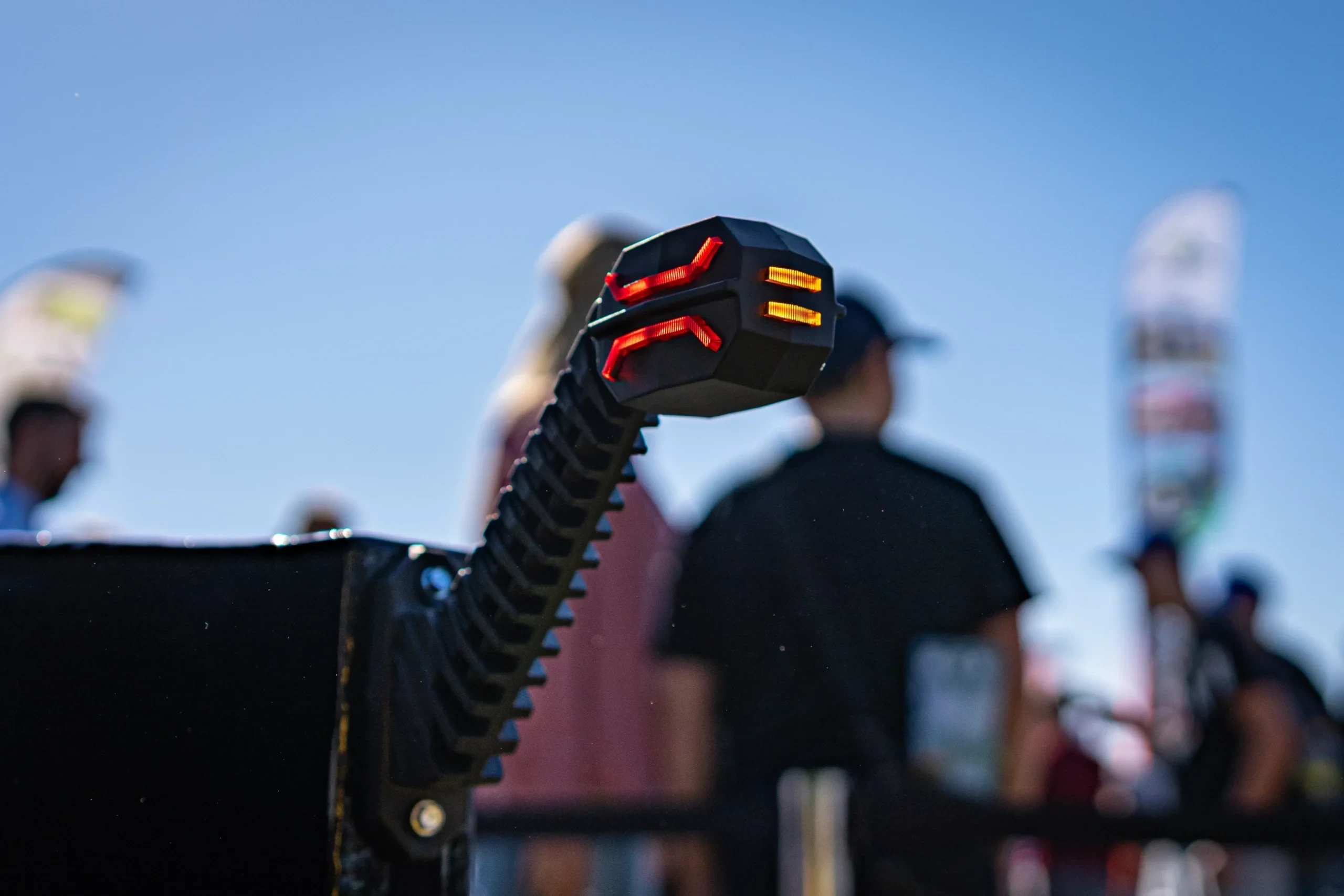Archives
Lighting in heavy-duty vehicles serves not only a practical function but also directly impacts road safety. Truck lights affect vehicle visibility, driver comfort and compliance with traffic regulations.
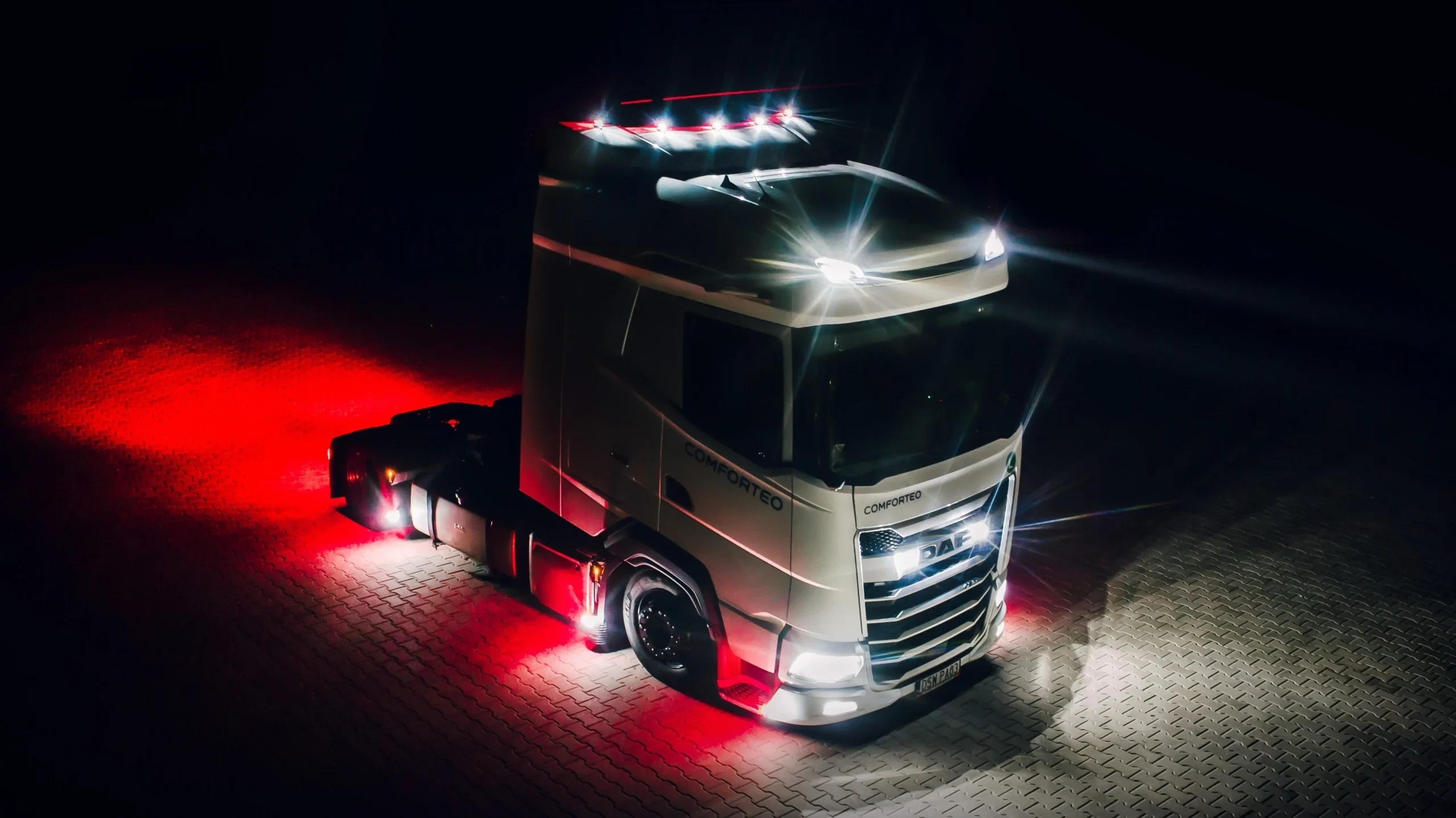
We explain what legal issues regulate truck lights, the types of truck lamps are available on the market, and why investing in high-quality lighting is a step toward a safer and more efficient fleet. Find out which lights best meet your needs!
Fleet owners and truck drivers must pay special attention to legal regulations concerning vehicle lighting. When selecting truck lights, it is essential to consider the legal requirements that regulate their types, power and placement.
Truck lamps must comply with homologation regulations specified in both European Union and Polish laws. Homologation confirms that a product meets specific safety and quality standards. Lights should have markings, such as the letter “E” with the country homologation number.
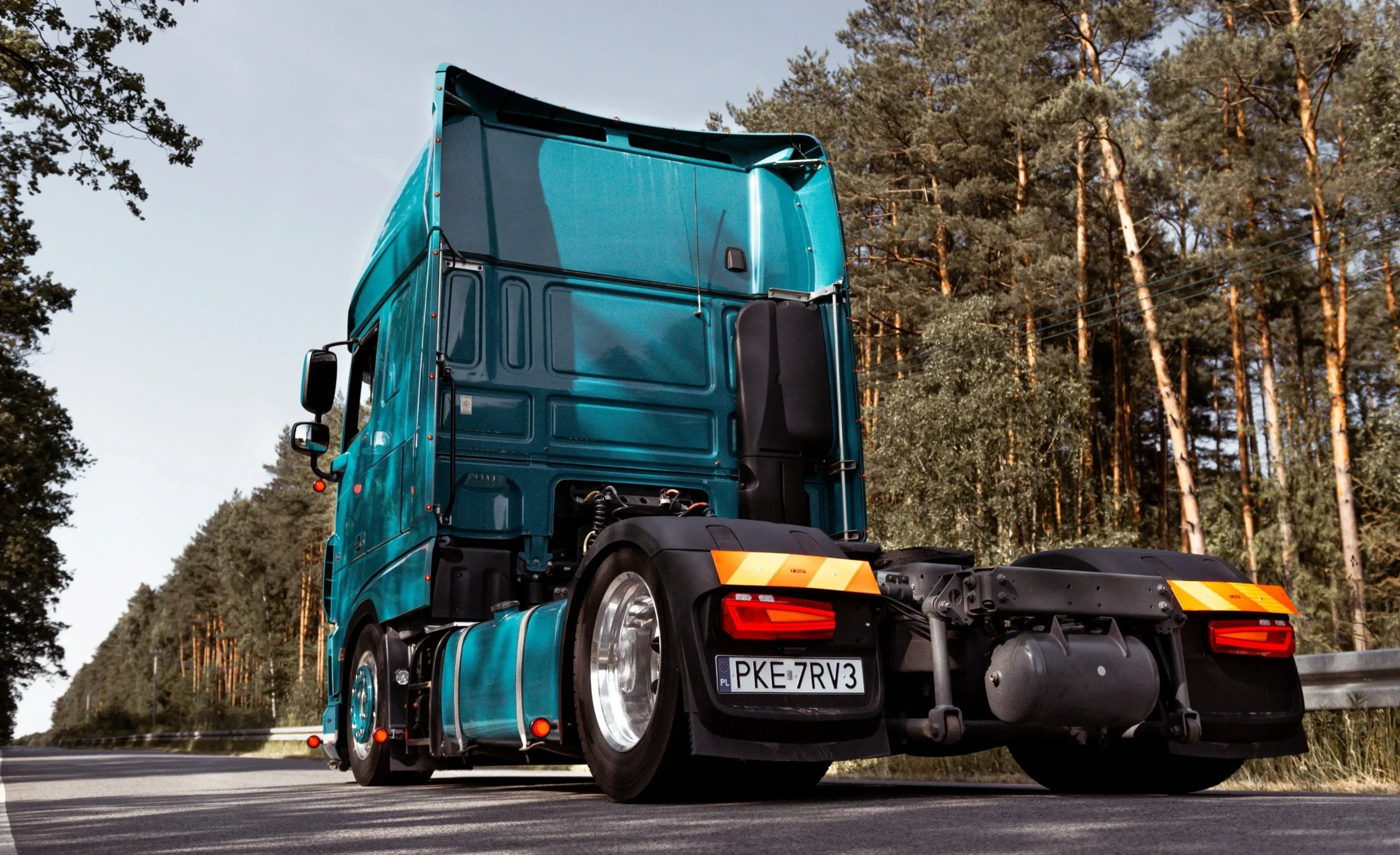
Many trucks, especially those used in international transport, are equipped with additional lighting, such as LED lamps, halogens or work lights. While these can enhance safety in challenging conditions, their installation comes with additional regulations:
- additional work lighting: these lamps must be installed according to regulations to prevent blinding other road users. Overly powerful work lights can pose a danger on the road, especially at night. It’s important to remember that work lights should only be used when there are no other vehicles nearby or in situations that require them (e.g., during nighttime loading);
- LED and neon lights: popular among truck owners, but it’s essential to remember that their use for decorative purposes or overly bright lighting can be illegal and may result in fines. Always ensure that any additional lighting complies with local regulations and does not endanger other road users.
Insufficient visibility of the vehicle, especially in poor visibility conditions, can lead to serious accidents. Therefore, in addition to adhering to legal regulations, drivers should regularly check the technical condition of lamps and reflectors. Lights must be in good technical condition, and their beams properly adjusted to avoid blinding other drivers. Regular checks of bulbs, lenses, and potential replacement of damaged components are necessary.
Failure to comply with lighting regulations in trucks can lead to unpleasant consequences, such as fines or decreased driving safety. Additionally, in the event of a traffic inspection or accident, non-compliant lights may serve as grounds for denying compensation by the insurer.
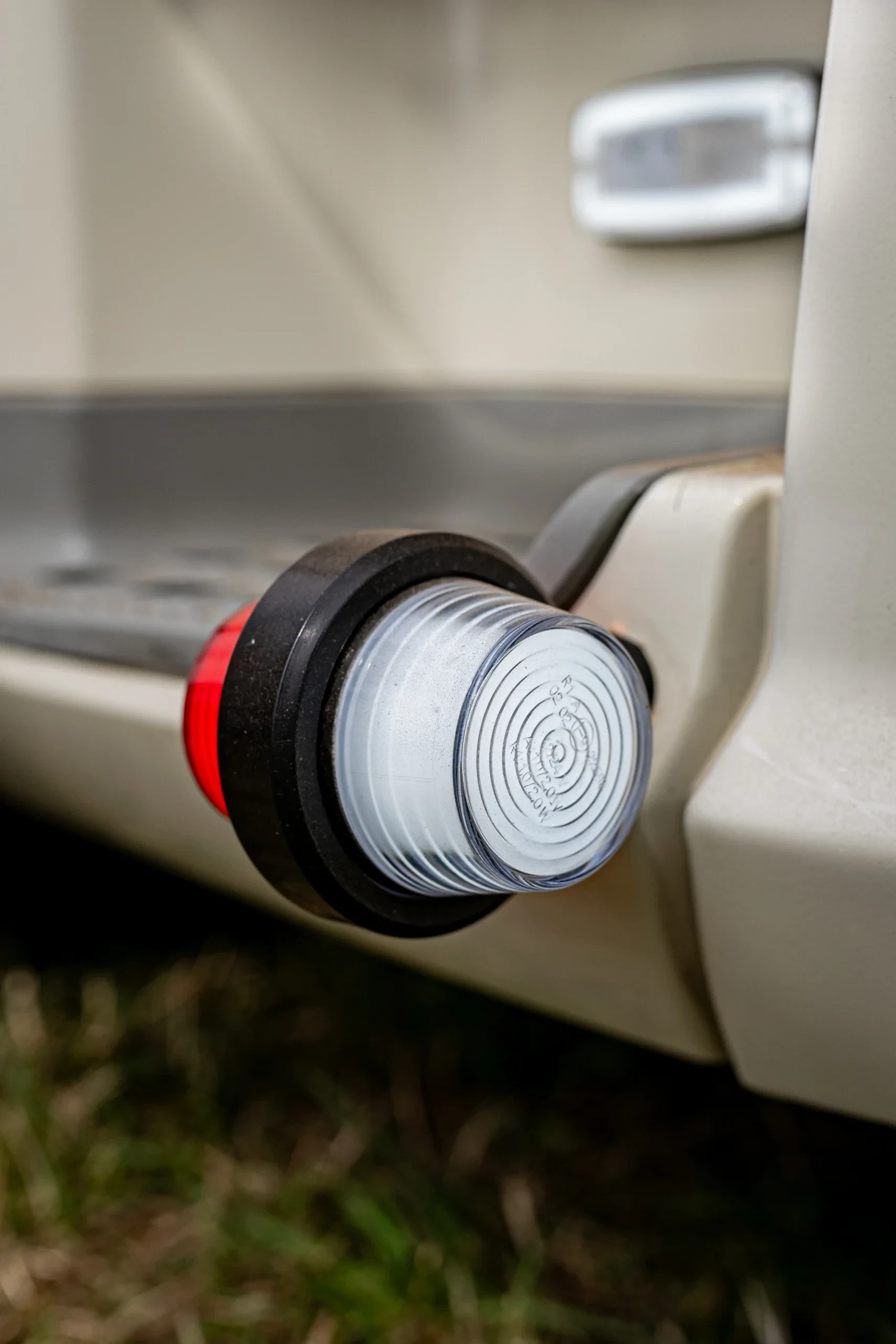
LED or bulb lights: which are better?
When it comes to technology, truck lights can be divided into LED and bulb lights. Choosing between LED and bulb lights is one of the most common dilemmas among fleet owners, who must consider various aspects related to durability, energy efficiency and operating costs. Each of these solutions has its advantages and disadvantages.
LED lights are modern and energy-efficient. LED lamps have gained popularity due to their high efficiency and durability. They are frequently used as truck lights. They emit bright, focused light that improves visibility and safety, especially in adverse weather conditions. They are energy-saving, which translates to lower fuel consumption in vehicles. The lifespan of LED lights is several times longer than that of traditional bulbs, reducing the frequency of replacements.
However, LED truck lights have a higher initial price, which can be a significant cost for fleet owners. Additionally, retrofitting LED lights in older vehicles may require adjustments to the electrical system, which in turn involves additional expenses and time needed for modifications.
Bulb lights, on the other hand, are a traditional choice still popular, especially in older vehicles. Incandescent lamps, using tungsten filaments, have been in use for years. Their advantages include low purchase price, wide availability and ease of replacement, making them relatively inexpensive to operate. Replacing a bulb is simple and quick, making them an attractive option for those seeking cheap and uncomplicated solutions, especially in case of a breakdown.
Unfortunately, bulb lights for trucks also have their drawbacks. They are less energy-efficient, converting a significant portion of energy into heat, which shortens their lifespan and causes faster heating of components. Additionally, their light is less intense and less distinct compared to LED counterparts, affecting visibility on the road, especially in adverse weather conditions such as rain or fog.
Traditional bulb lights and modern LED lights for trucks have their pros and cons, and the decision depends on individual needs and expectations. If you prioritize modern solutions, better visibility and durability, LED lights will be the better choice. However, if the priority is low cost and easy replacement, bulb lights remain a practical option. The final decision should consider both the budget and the specifics of vehicle usage.
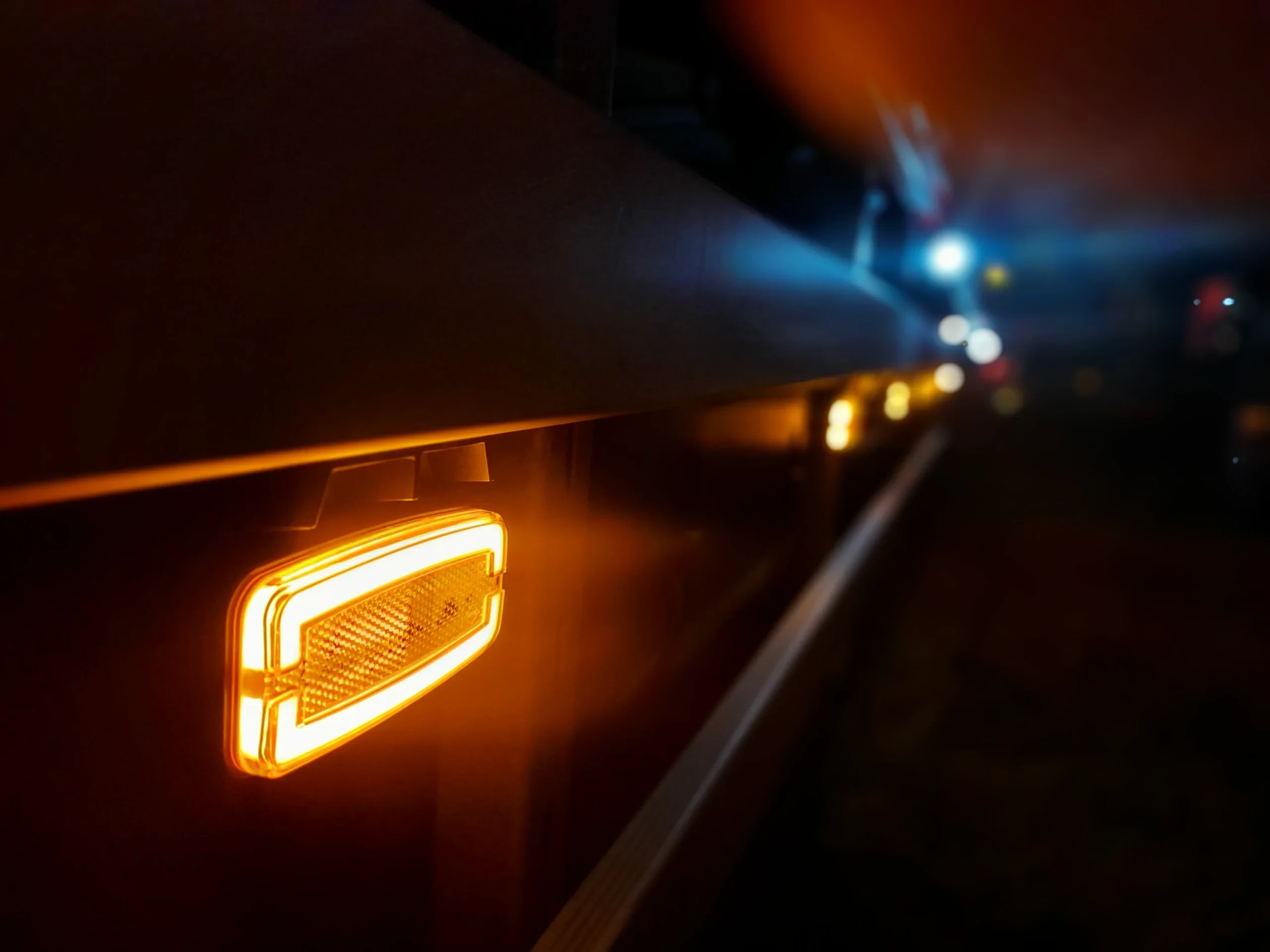
Different types of truck lights
Choosing the right truck lamps requires understanding the available options and their specific applications. Here’s an overview of the most common types of truck lights:
- daytime running lights: increase vehicle visibility during the day, improve road safety, especially in limited visibility conditions, and help avoid potential collisions;
- marker lights: provide better visibility of the vehicle’s contours, which is essential at night or in adverse weather conditions like rain or fog. Stalk marker lights are also available, allowing for even better exposure of the vehicle in the field, often used as truck lights for trailers or semi-trailers;
- rear multifunction lamps: serve to signal maneuvers such as braking, reversing or changing direction, enhancing road safety. It is advisable to choose such truck lights with clear, intense light, ensuring better visibility at night and in difficult weather conditions;
- work lights: useful in situations where lighting around the vehicle is required, they can be either LED or halogen. It is advisable to choose models with high resistance to weather conditions and shocks;
- fog lights: improve visibility when driving in fog or heavy rain, serving as truck lights that enhance driver safety, especially in adverse weather conditions;
- direction indicators: facilitate maneuvering large vehicles, especially when reversing or driving in tight spaces, increasing safety around the vehicle. They are often installed on the sides of trucks to improve visibility and inform other road users of turning intentions;
- reversing lights: illuminate the area behind the vehicle when reversing, ensuring better spatial orientation, increasing visibility, minimizing collision risk and enhancing safety for both the driver and other road users;
- license plate lights: ensure readability of license plates in all conditions;
- GRAPHITE lamps: a modern trend, these are truck lights that give vehicles a more elegant appearance while meeting legal standards;
- interior lighting: in cabs, LED ceiling lights provide bright, even light, spotlights illuminate small spaces, and night lights do not dazzle during stops. Interior lighting improves the ergonomics of work and rest during long journeys, providing appropriate conditions in all circumstances.
Good truck lights not only affect safety but also the comfort of drivers. With them, your fleet will be more visible on the road, potentially preventing many dangerous situations. Investing in modern solutions such as LED lights also leads to savings in the long run. When choosing the right lights for your truck, remember to adapt the lighting to regulations, operating conditions and the needs of your fleet.
